Life
Sign up for our newsletter
We summarize the week's scientific breakthroughs every Thursday.
-
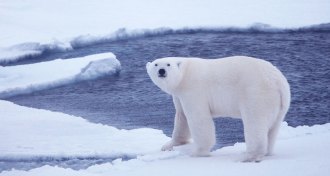 Animals
AnimalsPolar bears’ ‘walking hibernation’ not much of an energy saver
Summer’s “walking hibernation” doesn’t shut down polar bears as much as winter does.
By Susan Milius -
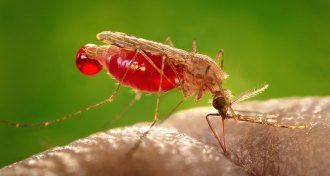 Life
LifeGood luck outsmarting a mosquito
Mosquitoes use their senses in sophisticated combinations and sequences to find you.
By Susan Milius -
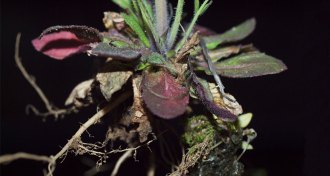 Plants
PlantsDefense hormones guide plant roots’ mix of microbes
Plants use salicylic acid to attract some bacteria to roots and repel others.
-
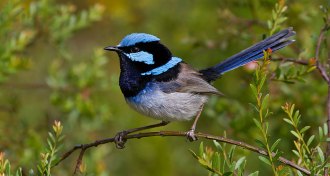 Animals
AnimalsBirds learn what danger sounds like
In just two days, superb fairy-wrens learned to recognize an unfamiliar alarm call as a sign that a predator loomed.
-
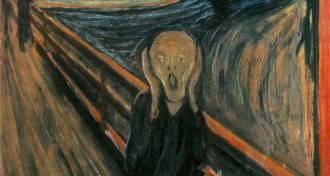 Neuroscience
NeuroscienceHow screams shatter the brain
The acoustical properties of screams make them hard to ignore, a new study suggests.
-
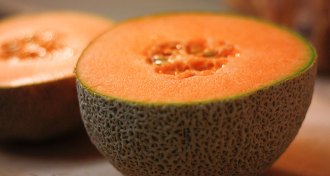 Genetics
GeneticsMelonomics: Sounds like a cancer, smells like a melon
The project that published the first melon genome dubbed itself melonomics.
-
 Life
LifeShifted waking hours may pave the way to shifting metabolism
Shift workers are at higher risk for obesity and metabolic problems. Scientists are working hard to understand why the night shift makes our hormones go awry.
-
 Neuroscience
Neuroscience‘Speed cells’ found in rats’ brains
Newly discovered “speed cells” clock rats’ swiftness.
-
 Animals
AnimalsFeeding seabirds may give declining populations a boost
Supplementing the diets of kittiwakes with additional food might give fledglings a head start, a new study finds.
-
 Neuroscience
NeurosciencePutting time’s mysteries in order
Investigating both the orderly and disorderly dimensions of time provides the focus for a special issue of Science News.
By Eva Emerson -
 Earth
EarthBringing mammoths back, life on early Earth and more reader feedback
Readers debate the pros and cons of reviving extinct species, discuss the odd light-processing machinery of the eye and more.
-
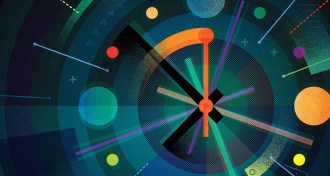 Neuroscience
NeuroscienceSpecial Report: Dimensions of Time
Science News writers report on the latest scientific investigations into time’s place in the physical, biological and mental worlds.